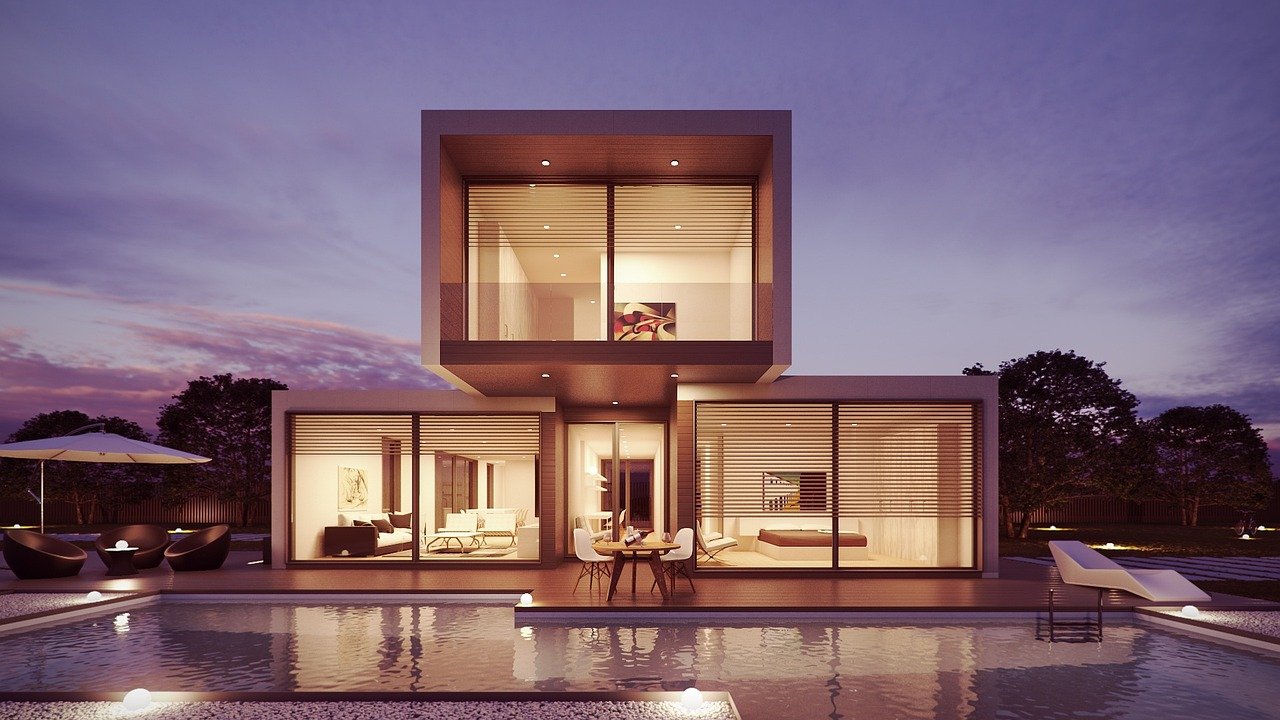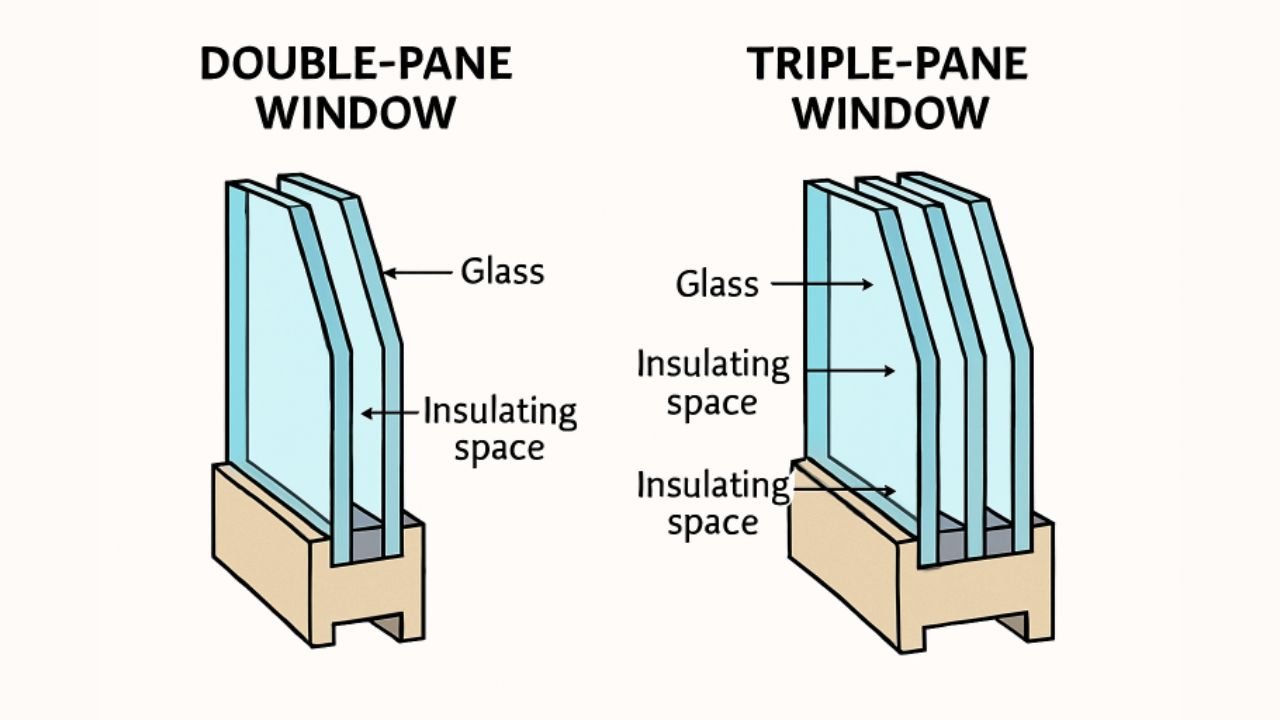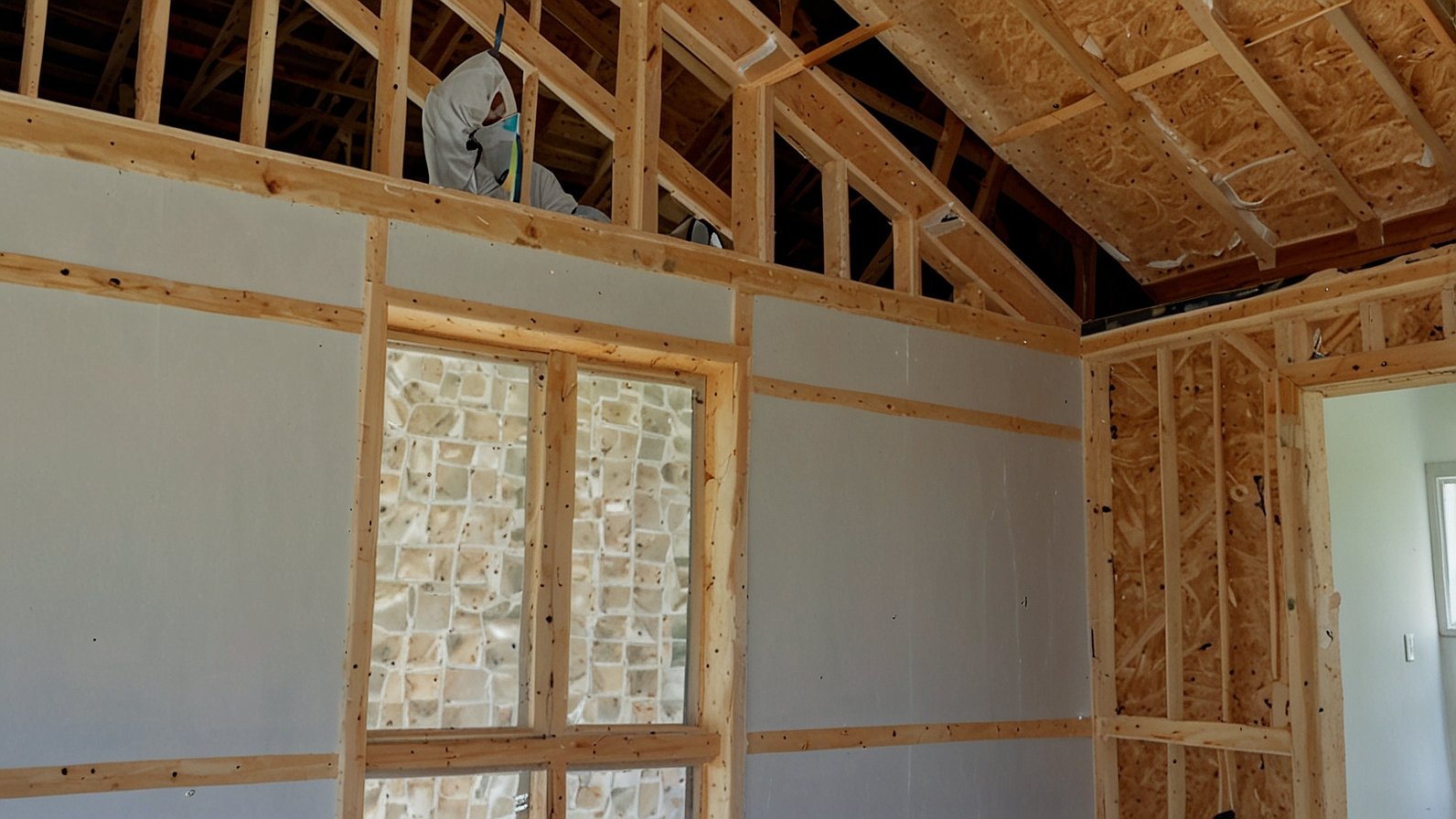Windows are no longer just static openings to the world outside. Innovations in their functionality and design have turned them into multifunctional elements of modern architecture. This article explores how cutting-edge technology, sustainable practices, and evolving aesthetics shape the future of windows in our homes and buildings.
Smarter Windows Through Technology
The rise of smart technology has found its way into window designs, offering features that respond to homeowners‘ needs while enhancing convenience and energy efficiency.
Dynamic Glass Technology
Dynamic, or smart, glass is one of the most revolutionary advancements in window technology. This glass can automatically adjust its transparency or tint in response to environmental conditions. For instance, it can darken when sunlight is intense, reducing glare and heat while improving energy savings. Dynamic windows reduce the need for curtains or blinds, streamlining the look of modern interiors.
Integrated Smart Home Features
Windows are now integrating with smart home ecosystems. Automated window controls allow homeowners to open, close, or tint their windows using an app or voice commands. Some even come equipped with sensors that automatically shut windows during rain or high winds, ensuring your home stays comfortable without manual intervention.
Climate-Responsive Designs
Windows are also becoming instrumental in regulating indoor climates. Advanced materials and coatings provide better insulation, reducing heat loss during winter while keeping interiors cool during summer. Many designs can now harness natural light effectively, cutting down on artificial lighting costs.
Sustainability in Window Design
With increasing environmental concerns, sustainability has become a focal point in window manufacturing and design.
Energy-Efficient Windows
Low-emissivity (Low-E) coatings are a prime example of sustainable advancements in window technology. These coatings minimize heat transfer, keeping interiors comfortable year-round. When paired with double or triple glazing, they provide superior thermal efficiency, leading to smaller energy bills.
Eco-Friendly Materials
Manufacturers are exploring materials that minimize environmental impact. Recycled aluminum, sustainable wood, and durable composites are gaining traction. Additionally, there is a push for recyclable and biodegradable materials in frame designs, reducing waste without compromising quality.
Solar-Integrated Windows
Innovation has also extended to integrating solar power into windows. Photovoltaic windows, which have transparent solar cells, collect and store energy from sunlight. This can power small devices or significantly offset household energy use, combining functionality and green energy production.
Evolving Aesthetic Trends
Window design trends are merging form with function, creating pieces that are not just practical but also architecturally inspiring.
Frameless Panoramic Windows
Minimalism continues its dominance in architectural design. Frameless, large-format windows offer uninterrupted views and blend indoor spaces seamlessly with outdoor surroundings. Such designs maintain a sleek, modern aesthetic while flooding interiors with natural light.
Custom Shapes and Formats
Traditional rectangular windows are giving way to creative shapes and configurations. Arched, circular, and asymmetrical forms are becoming popular, allowing architects to make bold design statements. These non-conventional shapes add unique personality and visual interest to building facades.
Mixed Material Frames
Combining contrasting materials like wood and metal in window frames is trending. These mixed material designs bring warmth, texture, and a contemporary feel to spaces, offering the perfect balance between natural and industrial elements.
Accessibility and User-Centered Design
Future windows aim to cater to diverse needs, making spaces more inclusive and user-friendly.
Motorized and Accessible Solutions
Innovations include motorized windows that cater to people with limited mobility. Accessible controls and ergonomic designs ensure that windows are easy for everyone to operate, bridging the gap between technology and physical usability.
Noise Reduction Features
Urban living often comes with noise challenges. Acoustic windows with soundproof capabilities are on the rise, creating quieter, more comfortable indoor environments ideal for city dwellers and families.
Regional Implications
Regional factors are also influencing window design innovation. For example, solutions tailored to varying weather conditions ensure optimal performance in different parts of the world. Even local preferences, such as the need for large view-friendly openings or smaller, compact windows, affect trends.
For homeowners looking for windows in Logan, Utah, the future brings a perfect blend of cutting-edge functionality and design tailored to the region’s unique environment. Whether it is combating temperature extremes or taking advantage of beautiful views, modern window solutions ensure adaptability to every need.
Conclusion
Windows are evolving far beyond their basic function of letting in light and air. With advancements in smart technology, sustainable practices, and striking design aesthetics, they are integral to future-facing architecture. Whether you value energy efficiency, aesthetic appeal, or convenience, tomorrow’s windows promise solutions that enhance both your home and your quality of life.
READ ALSO: Storm-Proof Windows: Why It Is A Must-Have for Climate-Resilient Homes










